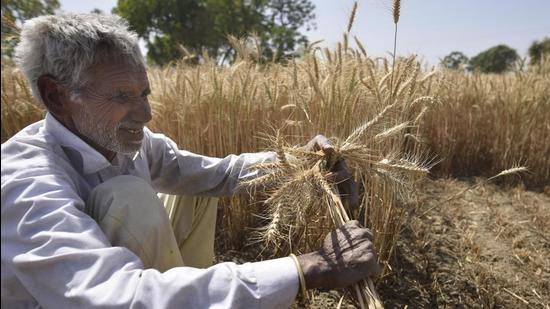How to get the next set of reforms right
Second-generation reforms require careful deliberation, effective implementation, and accommodative politics
[In 2021, Hindustan Times marked 30 years of economic reforms with a special series comprising invited columns, essays and archival material. This article has been published from a curated selection of our coverage.]

July 24 marked the 30th anniversary of the 1991 budget that changed the trajectory of India’s economy, the topography of its industry, and the consumption behaviour and aspirations of its people.
The reforms enabled India to pull hundreds of millions out of poverty (before the pandemic pushed some of them back into the abyss); increase its per capita income enough to become a lower middle-income country; become one of the preferred destinations for foreign capital; and create an environment conducive enough for the emergence of (at last count) 50 unicorns.
The pandemic has changed everything and it has changed nothing. It has changed everything because, in the short-term, India needs to focus on addressing the health challenge and providing relief to those whose lives and livelihoods have been disrupted — and there are tens of millions of such households.
It has changed nothing because, at the core of it, what India faces in the short-term is a health crisis, not an economic one, and, therefore, it cannot have an economic policy solution. But the economic challenges it faced, especially in the medium- and long-term just ahead of the pandemic (circa early-2020 and late-2019), remain. The country needs to address these challenges, as it begins to extricate itself from the grip of the coronavirus disease (even as the very real threat of the third wave looms, and has to be provided for).
India’s economic policy priorities have, for long, been grouped under that all-encompassing term, second-generation reforms. These include the logical progression of reforms initiated in 1991 (and largely cover tax, labour, financial-sector and power-sector reforms). They also include basic but politically sensitive reforms that India should have enacted long ago, but which every generation of policymakers has compartmentalised and sort of kicked down the road, for the next generation of policymakers to address, or do the same. Land and agricultural reforms are on top of this list. Take one example — there is no titling in India (unless the land is issued by the government). What people possess in lieu of titles are sale deeds or property tax receipts. The Svamitva scheme announced last year is a preliminary step towards formal property rights in rural India, but more is needed on that front.
There’s been a large degree of consensus on the nature of these reforms, but three factors have played spoilsport.
The first is the way the government has approached the reforms — as a black box with a magic button, which, when pressed, can miraculously deliver the results, if not in the real world, then at least in government dashboards. This is the classic build-toilets-and-they-will-be-used or demonetise-and-kill-black-money philosophy. The reality is that the reforms required now have to address complex issues. This requires an attention to detail and nuance (and parliamentary committees have a role to play in this).
In the absence of this careful and deliberative exercise leading to a nuanced policy approach, the government may be able to tout the fact that it has implemented reforms — but they are unlikely to have the desired impact. Farm reforms are a case in point. Sure, some of the protests against the three reforms are motivated, but the laws themselves do not adequately address several issues. For instance, Bihar scrapped the Agriculture Produce Marketing Committee (APMC) Act 15 years ago; why has it not benefited farmers in the state?
The second is the nature of implementation. This is, in part, related to the first. If there is enough attention to detail while policies are being framed, there will be no need for multiple course corrections. But it is also a function of resolve, especially in the face of opposition, not just from political opponents, but also industry and the public.
The Goods and Services Tax regime is an example of this. Fundamentally reformist, it was passed with a far-too-generous compensation agreement with the states, and has been weakened by multiple changes since in the categorisation of goods and services under the different rate slabs.
And the third is politics, which, as we have come to realise, isn’t just about having a majority in Parliament, but also the ability to take along Opposition parties, state governments, especially those ruled by other parties, civil society, and the public (beyond the government’s very vocal supporters). Happenings in the ongoing monsoon session of Parliament bear this out.
India now finds itself in a unique position where the government of the day has the willingness and the intent to take hard calls (it has repeatedly displayed this), the numbers to push through reforms in the Lok Sabha, and the political smarts to have its way in the Rajya Sabha. But, from the perspective of the kind of economic reforms now required, the government has still been unable to legislate all the laws it wants to or take everyone along; displayed an inadequate understanding of the complexity of the underlying issues; and been quick to dilute its position when faced with a pushback.
How it addresses these issues in the next two-and-a-half years will determine the country’s future economic trajectory. Second-generation reforms aren’t just about checking the boxes. They are about passing laws that actually do what they are supposed to.
The views expressed are personal
All Access.
One Subscription.
Get 360° coverage—from daily headlines
to 100 year archives.



HT App & Website







